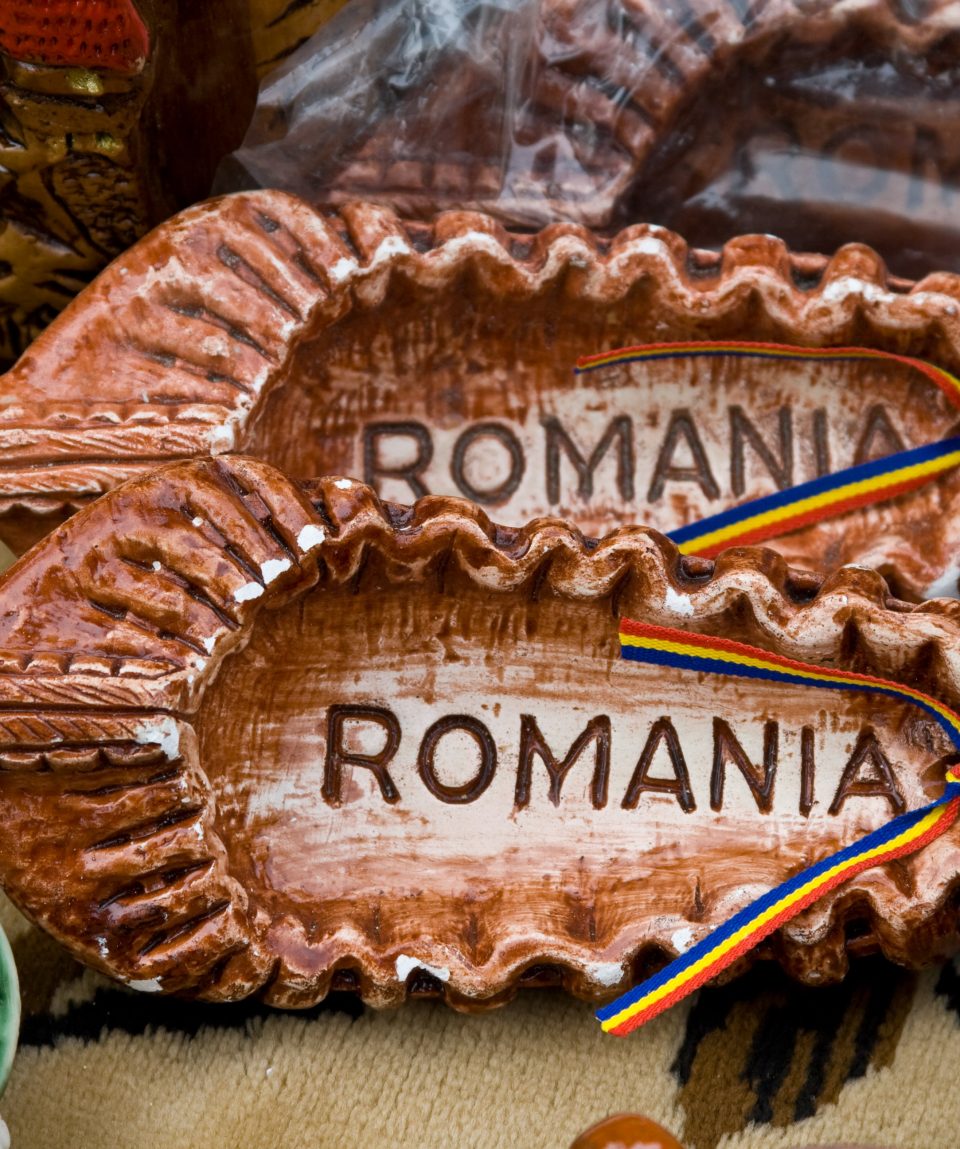ROMANIA TRANSYLVANIA 10 DAYS
Group size 10 Start Sibiu
Countries 1 End Biertan
-
Reviews 0 Reviews0/5
-
Vacation Style Holiday Type
-
Activity Level Challenging
-
Group Size Medium Group
Romantic and mysterious spirit of the Middle Ages is still felt all around Romania . This country will for sure make an impression on everyone! Interior paintings and frescoes of Moldova monasteries, beautiful castles and fortified churches in Transylvania, centuries-old wooden churches in Maramaros create the vivid image of this land. Sibiu, as the cultural capital of Europe in 2007, Black Church in Brasov, which is the biggest sacred building in the East Europe, the Merry Cemetery in Sapanta with its blue-painted and patterned crosses adorned with carved ironic obituaries, and meeting with the Saxon family will be the next highlight of our trip. Moreover, fabled figure of macabre, bloodthirsty and relentless general Vlad Tepes (Dracula) gives this tour some flavor of ancient mystery that you will especially feel in the house where he was born and in the castle where, according to legends, he struck terror into people’s hearts.

- 9 x nights: 2 x Hotel Apollo 3* (or similar) in Sibiu, 1 x Hotel Apollonia 3* (or similar) in Brasov, 1 x Hotel Sighisoara 3* (or similar) in Sighisoara, 1 x Hotel Eden 3* (or similar) in Campulung Moldovenesc, 1 xHotel Gabriela 3* (or similar) in Viseu de Sus, 1 x Hotel Casa Iurca de Călineşti (or similar) in Sighetu Marmației, 1 x Hotel Grand Napoca 3* (or similar) in Cluj, 1 x Hotel Dobsi 3* (or similar) in Medias.
- All-route English-speaking guide.
- Meals: HB
- Transfer by modern coach throughout the whole trip.
- English-speaking city tours: Sibiu, Brasov, Sighisoara, Cluj Napoca, Targu Mures, Medias.
- Entrance + guided tour: all sacred buildings according to program, Bran Castle, Peles Castle in Sinaia, Moldovita, Sucevita, Voronet monasteries, two wooden churches in Maramures, Museum of the Victims of Communism in Sighet, fortified church in Biertan, Merry Cemetery in Sapanta.
- Other highlights: wine tasting in Tarnava Mare county, train ride in Maramures.
- Visa Fee
- Travel Insurance
- Flights
- Single Supplement
- Any meals not mentioned
- Any transfers not mentioned (e.g. first and last day)
- Any expenses of a personal nature
- Camera/video permits
- Tips to the guide and driver
- Day 1 Warm welcome in Romania
- Day 2 Cultural Capital of Romania
- Day 3 Through Transylvania
- Day 4 Transylvanian castles
- Day 5 Sighisoara and multinational Targu-Mures
- Day 6 Monasteries of Moldova region
- Day 7 Carpathian train and wooden churches of Maramures
- Day 8 Sighet and Merry cemetery
- Day 9 Cluj and Transylvanian vineyards
- Day 10 Departure
-
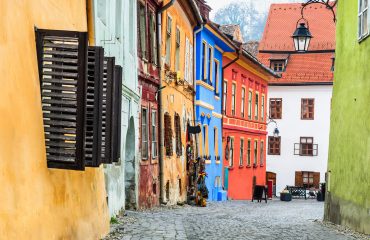 Sighisoara, Romania. Stone paved old streets with colorful houses in Sighisoara fortress, Transylvania region of Europe-min
Sighisoara, Romania. Stone paved old streets with colorful houses in Sighisoara fortress, Transylvania region of Europe-min
-
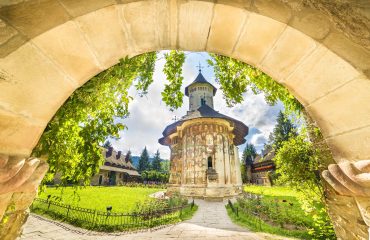 Moldovita orthodox church monastery, Moldavia, Bucovina, Romania-min
Moldovita orthodox church monastery, Moldavia, Bucovina, Romania-min
-
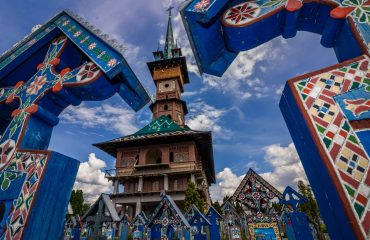 The Merry Cemetery, Sapanta, Romania, The Church in Romania-min
The Merry Cemetery, Sapanta, Romania, The Church in Romania-min
-
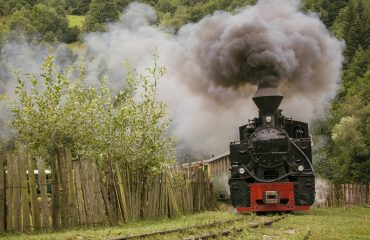
-
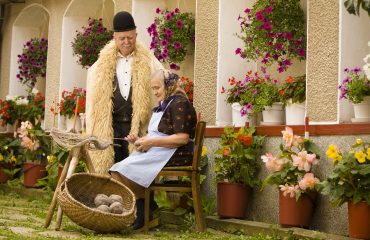 Romanian traditional very old couple-min
Romanian traditional very old couple-min
-
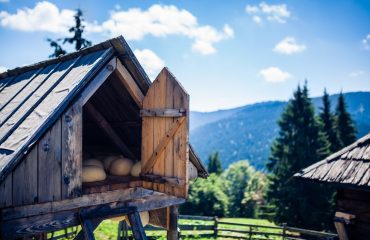 Traditional cheese making sheepfold in Romania details-min
Traditional cheese making sheepfold in Romania details-min

